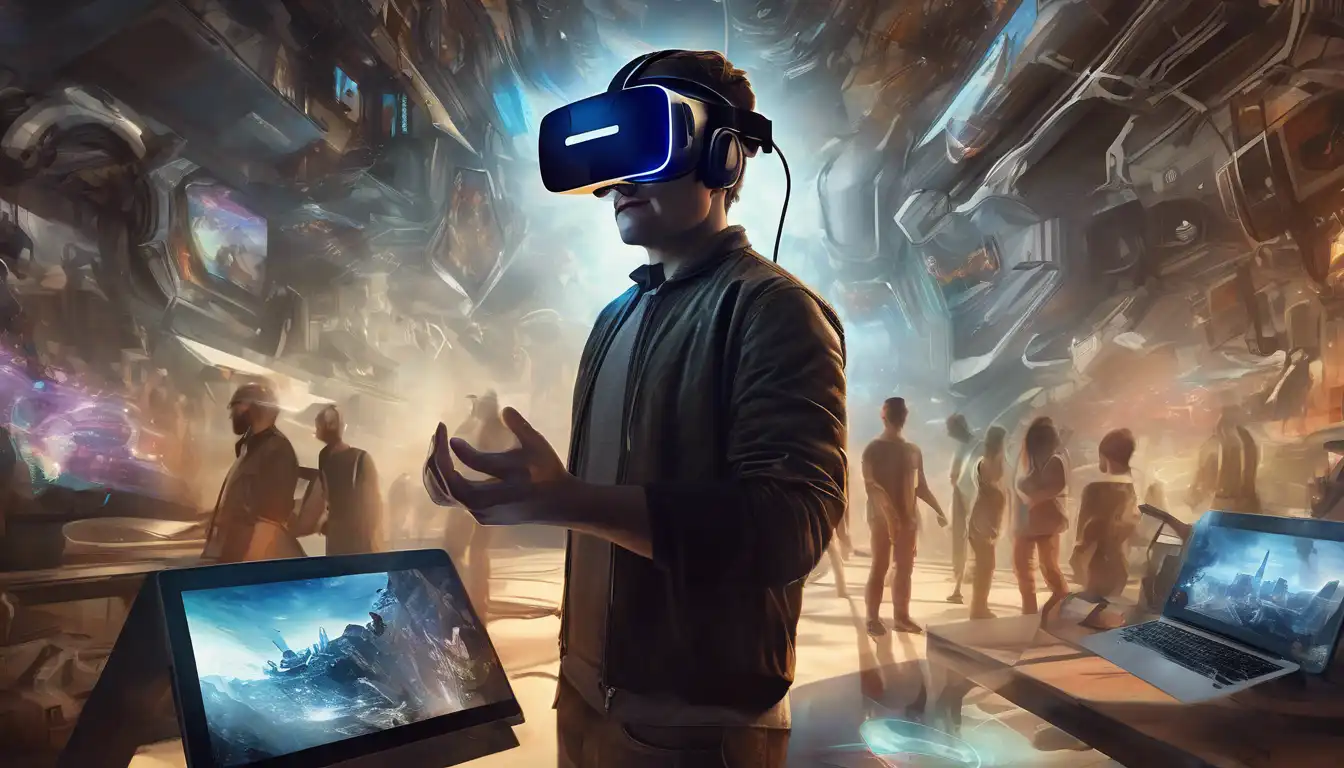Introduction to Virtual Reality
Virtual Reality (VR) is no longer just a figment of science fiction. It's here, and it's transforming the way we interact with digital content. From gaming to education, VR is making waves across various sectors, offering immersive experiences that were once unimaginable.
The Evolution of Virtual Reality
The journey of VR from a niche technology to a mainstream phenomenon is nothing short of remarkable. Early experiments in the 20th century laid the groundwork, but it's the recent advancements in computing power and graphics that have truly unlocked its potential.
Applications of Virtual Reality
VR's applications are as diverse as they are impactful. Here are just a few areas where VR is making a difference:
- Gaming: Offering players an unparalleled immersive experience.
- Education: Transforming traditional learning methods with interactive simulations.
- Healthcare: From surgical training to patient rehabilitation, VR is saving lives.
- Real Estate: Enabling virtual property tours, saving time and resources.
Why Virtual Reality is the Next Big Thing in Tech
With its ability to create fully immersive environments, VR is set to redefine our digital experiences. The technology is rapidly evolving, with improvements in hardware and software making VR more accessible and affordable than ever before.
Challenges and Opportunities
Despite its potential, VR faces challenges such as high costs and the need for more content. However, these hurdles also present opportunities for innovation and growth in the tech industry.
Looking Ahead: The Future of Virtual Reality
As VR technology continues to advance, its integration into our daily lives seems inevitable. From virtual meetings to remote work, the possibilities are endless. The future of VR is not just about technology; it's about how we choose to use it to enhance human experiences.
For more insights into the latest tech trends, check out our articles on Tech Innovations and Digital Transformation.
